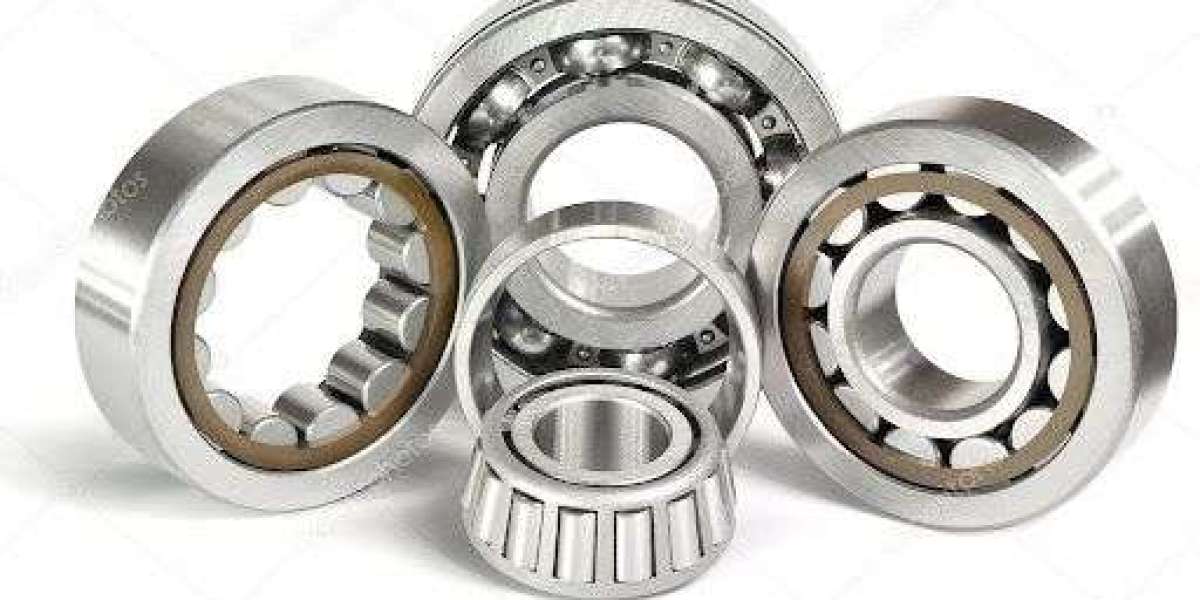When it comes to smooth machine movement and reducing friction, precision components play a huge role. One such important part is the roller ball bearing. These bearings are widely used in mechanical systems — from automobiles and manufacturing machines to industrial tools — helping improve efficiency, reduce wear and tear, and keep operations running smoothly.
If you’ve ever wondered what makes machines spin quietly and steadily, you’re likely looking at the work of ball and roller bearings behind the scenes.
How Roller Ball Bearings Work
A Simple But Essential Mechanism
Roller ball bearings are designed to reduce friction between moving parts. They consist of an inner and outer ring with rolling elements (balls or rollers) in between. As machinery operates, the rollers or balls carry the load and distribute it evenly, minimizing direct surface contact.
This efficient motion:
Improves mechanical lifespan
Reduces heat generation
Minimizes energy consumption
Prevents metal-on-metal contact
They’re especially useful in applications where rotating parts are under pressure or heavy loads — such as gearboxes, wheels, and motors.
Types of Bearings and Their Uses
Choosing the Right Bearing for Your Machine
Depending on the machine or use case, different bearing types offer different advantages. Common types include:
| Type | Best For |
|---|---|
| Ball Bearings | Light to moderate loads, high-speed rotation |
| Tapered Roller Bearings | Axial and radial loads (e.g., vehicle wheels) |
| Spherical Bearings | Misalignment-tolerant setups |
| Needle Bearings | Tight spaces with high load capacity |
The roller ball bearing you choose will depend on your equipment’s design, speed, and weight requirements.
Signs You Need to Replace a Bearing
Don't Ignore These Symptoms
Bearings wear out over time due to stress, contamination, or lack of lubrication. Here are some common warning signs:
Unusual noise like grinding or squeaking
Increased vibration in machinery
Overheating in rotating parts
Visible damage or rust on the bearing housing
Timely replacement of worn bearings not only restores function but also prevents costly damage to connected components.
Installation and Maintenance Tips
Extend the Life of Your Bearings
To get the best performance from your roller or ball bearings, proper installation and maintenance are key:
Always keep bearings clean before fitting
Use manufacturer-recommended lubricants
Avoid over-tightening during installation
Regularly inspect for play or wear
Staying ahead of maintenance can dramatically increase the bearing’s service life and keep your system running without issues.
Conclusion
Whether in industrial machinery or automotive systems, roller ball bearings are vital for efficient, smooth, and safe performance. By understanding how they work and when to replace them, you can keep your machines running at their best. High-quality bearings help lower maintenance costs and support reliable operation in almost every mechanical setup.



